ATC at Delhi Airport removed from duty by DGCA as he tests positive for psychoactive drug
Radhika Bansal
22 Aug 2022
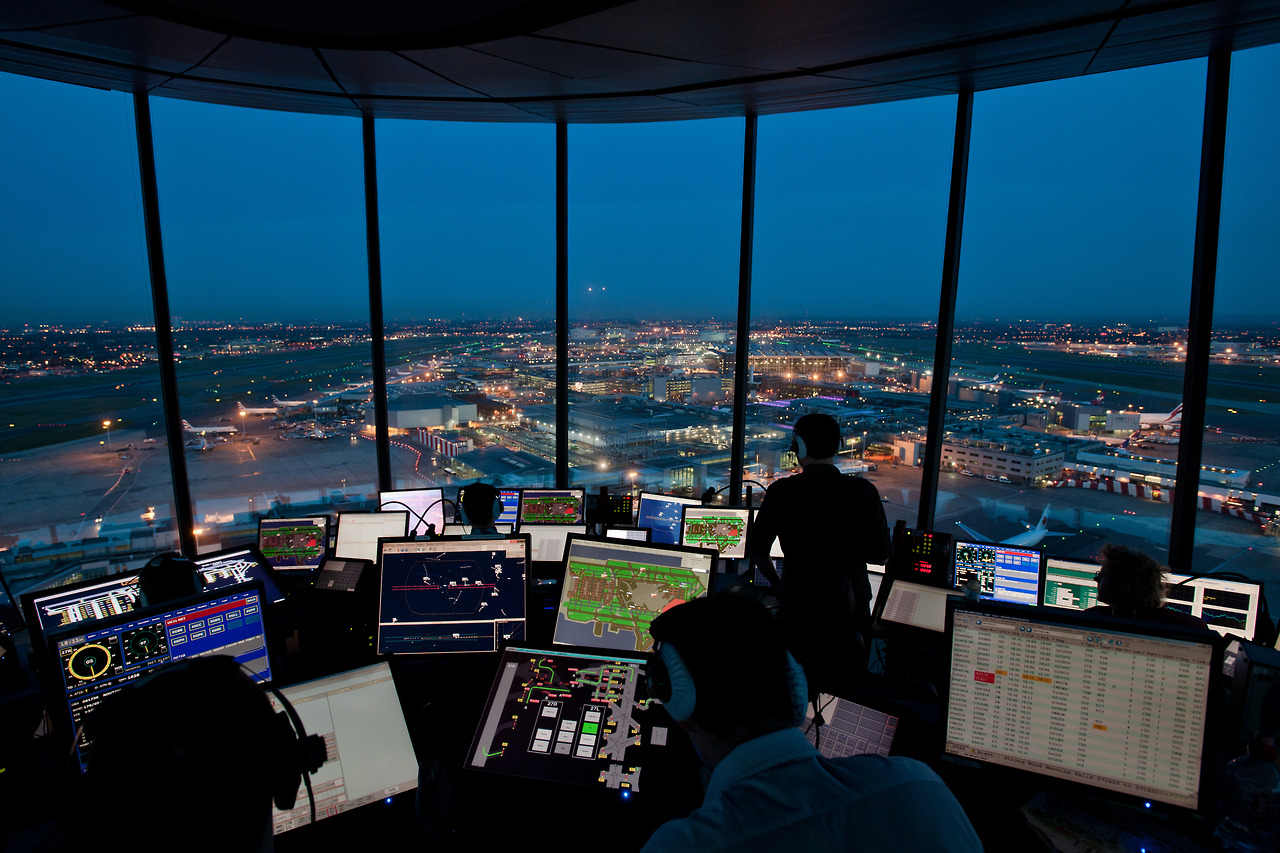
An air traffic controller (ATC) at the Delhi airport tested positive for a psychoactive substance and has been removed from duty by the aviation regulator DGCA, sources said on Sunday, August 21.
This is the first instance of an air traffic controller (ATC) testing positive for psychoactive substance after the rules for the testing of the flight crew and ATCs for psychoactive substances came into force in the country in January 2022, they said.
The sources said that an ATC posted at the Indira Gandhi International Airport (IGIA) was subjected to a drug test. The person was found positive in the confirmatory test report received on August 18 and he has been removed from the ATCO duty.
ATC at Delhi Airport removed from duty by DGCA as he tests positive for psychoactive drug
The Civil Aviation Requirement (CAR) detailing the procedure for examination of the aviation personnel for consumption of psychoactive substances came into effect on January 31. The test is done for the flight crew and ATCs on a random basis.
ALSO READ - DGCA orders pre-flight alcohol tests for 50% of pilots and cabin crew daily
Since the rules were implemented, three pilots of different airlines have been found positive after the confirmatory test and are being dealt with as per the provisions of DGCA regulations.
As per the CAR, in case the result of the confirmatory drug test is positive for the first time, then the person concerned will be referred to a de-addiction centre by the organisation concerned for a de-addiction and rehabilitation.
If the same person tests positive for the second time, then his or her licence will be suspended for three years. And if the violation happens for the third time, then the particular personnel's licence will be cancelled.
In the introduction to the CAR, the Directorate General of Civil Aviation (DGCA) mentioned that the worldwide spread of the use of psychoactive substances, their general availability and the ever-increasing number of addicted users is a serious concern to aviation safety.
Citing a study conducted by the Ministry of Social Justice and Empowerment and the report published in February 2019, DGCA said that after alcohol, cannabis and opioids are the next commonly used psychoactive substances in India.
In the introduction to the CAR, DGCA mentioned the worldwide spread of the use of psychoactive substances and the ever-increasing number of addicted users is a serious concern to aviation safety.
ALSO READ - A dozen airport and airlines maintenance staff reported working drunk in India
Two pilots of leading Indian airlines failed dope tests in July end, becoming the first aviation personnel to do so since India started testing flight crew and air traffic controllers for psychoactive substances on a random basis starting January 31, 2022.
ALSO READ - Two pilots of leading Indian airlines fail dope tests
As this is the first time they have failed the test, the two are being sent for de-addiction or rehabilitation. After undergoing the programme successfully, they can return to work with a negative dope test and a fitness certificate from their airline doctor.
Read next
Kolhapur airport is all set to be transformed into a world-class airport by getting a new terminal building with enhanced capacity and top-notch facilities to accommodate increased passenger traffic growth at the airport.
The new terminal building of Kolhapur Airport in Maharashtra is likely to be ready by March 2023, with more than 60 per cent of work completed.
Work on upgrading the airside facilities is completed. A new Air Traffic Control Tower is also being constructed to cater for future traffic growth. A parking area with a capacity of 110 cars and ten buses are also part of the development activities.
A world-class terminal will enhance the connectivity to this industrial city, boosting the tourism industry of the region.
The new terminal building is being constructed in an area of 4000 sqm and will be able to process 300 passengers during peak hours. With 10 check-in counters, the Terminal will be equipped with all modern passenger amenities.
The building will be a Four-Star GRIHA-rated energy-efficient building with sustainability features. The interiors of the terminal building will reflect the art and culture of local culture & heritage.
Considering the tremendous passenger traffic growth at the Kolhapur airport, the Airports Authority of India has undertaken the work of developing the airport for enhanced capacity.
Kolhapur airport upgrades to a new terminal building
The increased connectivity will not only create new employment opportunities for the local community provide access to better educational and medical facilities.
Kolhapur Airport has been identified for RCS operations under the UDAN scheme and is presently connected to Hyderabad, Bangalore, Mumbai, and Tirupati. Recently, the Airport Aerodrome license has been upgraded to 24*7 flight operations.
ALSO READ - AAI undertakes the installation of night landing facility at Kolhapur airport
Read next
In a major change in how airport safety is managed, the government has allowed airport operators (both private and government) to deploy non-public safety guards at airports.
This is the first time since 2002 that private security has been allowed in airports since the Central Industrial Security Force (CISF) became responsible for airport security after the Kandahar Hijack incident.
Against the required airport security strength of 30,003, CISF has 29,399.
This move comes after the centre felt that the strength of CISF was not enough to cater to the burgeoning growth in air traffic. Currently, out of 118 operational airports, 64 are manned by CISF’s Aviation Security Group.
The rest are with state police or India Reserve Battalions. Against the required airport security strength of 30,003, CISF has 29,399, leaving a shortfall, said a survey by the Centre.
The Bureau of Civil Aviation Security (BCAS), which is responsible for aviation security has passed an instruction to airports, which has allowed them to outsource the job of manning security in five non-core areas like segregating passengers at airport gates, queue management in front of boarding counters, baggage control, cargo area and security of visitor’s gallery.
The private security guards will work under CISF’s direct operational control and will also be trained by it.
With footfalls rising in major metro airports and several new airports joining India’s aviation network driven by the Centre’s regional connectivity scheme (read: UDAN) scheme, the deployment of private security guards will lessen the burden on CISF.
“Private security agency has been allowed in non-core or non-strategic areas of airports. Along with CISF, if private security guards are also deployed, this will increase the effectiveness and quality of airport security.”Jaideep Prasad, Joint DG, BCAS
The training of private security guards will be similar to that of CISF, which will also be beneficial for the industry in the long run which is seeing an exponential increase in traffic. Multiple private airports have already started deploying private security guards.
Adani-owned Ahmedabad and Guwahati airports have deployed around 100 private security personnel to man the non-core areas.
(With Inputs from The Economic Times)
Read next
Russia to deliver Igla-S man-portable air defence systems and MiG-29UPG fighter aircraft to India
Prashant-prabhakar
22 Aug 2022
The defence trade between India and Russia has crossed $15 billion since 2018, in the backdrop of some big deals including the $5.43 billion S-400 long-range air defence systems. India continues to remain Russia’s largest arms buyer with a major chunk of legacy hardware from Russia and the Soviet Union, although the volume of imports has reduced in the last decade.
According to the head of Russia’s Federal Service for Military-Technical Cooperation Dmitry Shugayev, Russia and India are collaborating in the deliveries of Igla-S man-portable air defence systems and MiG-29UPG fighter aircraft.
Dmitry Shugayev | Forecast International
The following projects of bilateral cooperation are at various stages of their approval: arranging the production of Ka-226T helicopters in India, delivering and setting up the licensed production of Igla-S man-portable air defence systems, delivering additional sets for the manufacture of Su-30MKI aircraft, delivering additional MiG-29UPG planes and delivering additional Ka-31 helicoptersthe defence cooperation chief said
What is the Igla-S Air Defence System?
The 9K38 Igla, NATO reporting name (SA-18 Grouse) is a Russian/Soviet man-portable infrared homing surface-to-air missile (SAM) system.
9K38 Igla | Armies Power, Aug 20, 2020 | Youtube
The Igla-1 entered service in 1981, the Igla in 1983, and the Igla-S in 2004. The Igla-S man-portable air defence missile system (MANPADS) is designed as a way for countering low-flying aircraft, as it forms the last line of defence against flying objects in a multi-layered air defence system.
The defence system features combat equipment, including the 9M342 missile and the 9P522 launching mechanism; maintenance equipment, including the 9V866-2 mobile test station and the 9F719-2 test set, training facilities and night firing devices. Additionally, they can also reportedly down combat helicopters as well as cruise missiles and unmanned aerial vehicles (UAVs).
The Army 2022 international military-technical forum organized by Russia’s Defence Ministry runs on August 15-21 on the premises of the Patriot Park near Moscow, at the Alabino practice range and the Kubinka airfield, and also in all of Russia’s Military Districts and the Northern Fleet, in more than 30 Russian regions.
SOURCE(s)
COVER: Air Power Asia
Read next
Operation "Pitch Black" - Indian Sukhoi and C17 Globemaster land in Australia
Prashant-prabhakar
20 Aug 2022
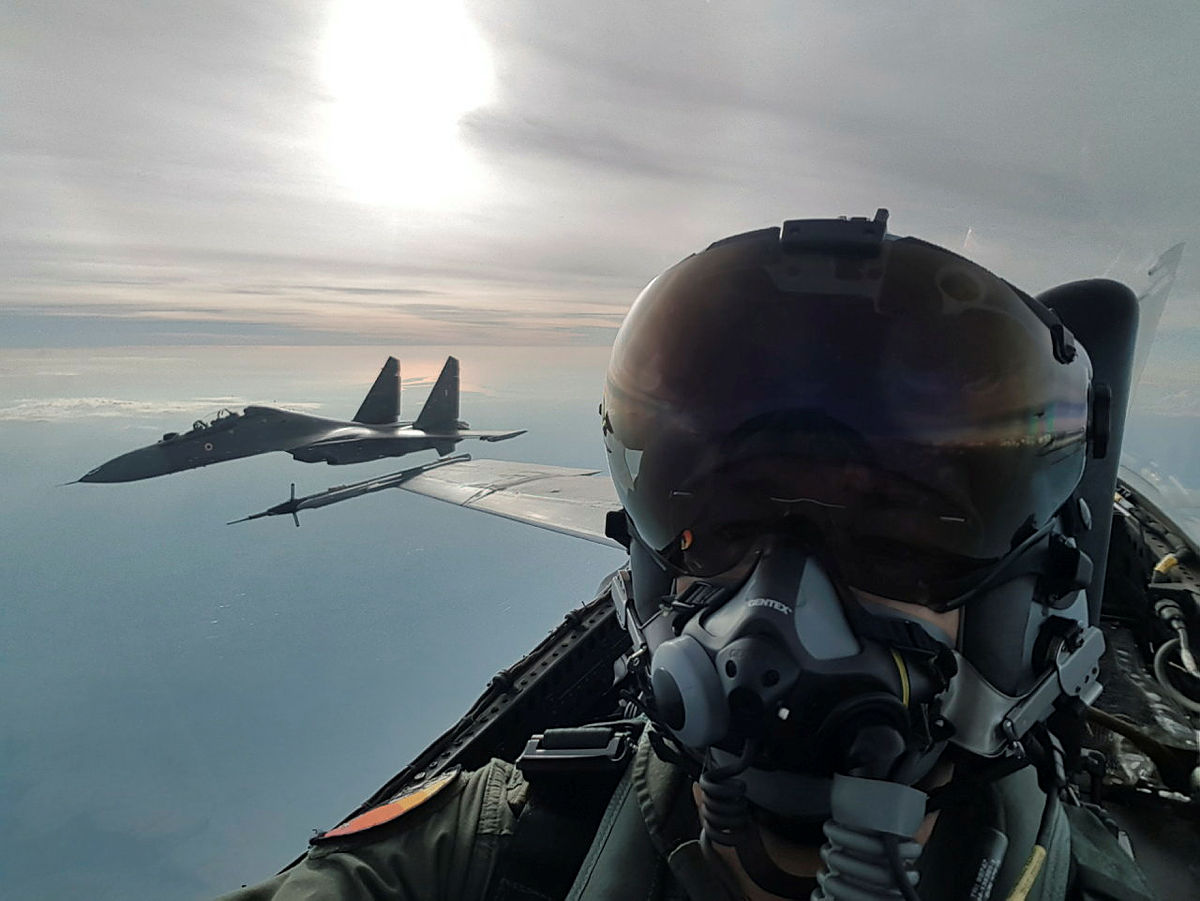
Aerial prowess has always been a major differentiator when it comes to establishing air supremacy. In what can be termed a show of strength in foreign skies, four Indian Sukhoi-30MKI fighter jets and two C-17 Globemaster-III strategic airlifter have touched down in Australia for the major 'Pitch Black' air combat exercise.
What is a "Pitch Black" air combat mission?
Exercise Pitch Black 2022 is the Royal Australian Air Force’s most significant International Engagement activity with allied nations and other partners participating, developing and enhancing military relationships at all levels.
This year, the RAAF Base Amberley, located near Ipswich will also be included and will witness the participation of around 100 aircraft and 2,500 military personnel from 17 nations- including France, Germany, Indonesia, India, Singapore, Japan, Republic of Korea, UK, the Philippines, Thailand, UAE, Canada, Netherlands, Malaysia, New Zealand and the US.
A JAS-39 Gripen from the Royal Thai Air Force prepares to taxi out of the shelters for another mission during Exercise Pitch Black 2018 at RAAF Base Darwin | defence.gov.au
It is also to be noted that Germany, Japan, and the Republic of Korea will be participating fully for the first time.
It is a biennial three-week multi-national large force employment exercise conducted primarily from RAAF Base Darwin and RAAF Base Tindal.
The mission features a range of realistic, simulated threats similar to a modern battle-space environment. It will include day and night flying involving up to approximately 100 participating aircraft. There will not be any overarching scenario for the exercise. Each mission will be executed as a stand-alone serial with distinct training objectives.
The exercise which has already commenced is slated to go on until 8 September 2022.
India's participation in the exercise
The IAF contingent, led by Group Captain YPS Negi, will undertake multi-domain air combat missions in a complex environment and will exchange best practices with the participating air forcesan officer said
https://twitter.com/IAF_MCC/status/1560634660429844485
The IAF last participated in the Pitch Black exercise two years back in 2018 and since then has bolstered military ties between the two countries.
Indian Air Force SU-30 Flanker aircraft conduct air-to-air refuelling from a Royal Australian Air Force No. 33 Squadron KC-30A Multi Role Tanker Transport during Exercise Pitch Black 2018 | defence.gov.au
Conversely, Australia has also become a regular participant in India's Malabar naval exercise with the US and Japan. This time around, the exercise has a special significance with China's recent activities concerning Taiwan and the "Quad" countries pledging their intent to deter any "coercion" in the Indo-Pacific region.
Source(s)
Cover: defence.gov.au
Read next
Mangaluru airport to increase user development fees for development activities
Radhika Bansal
22 Aug 2022
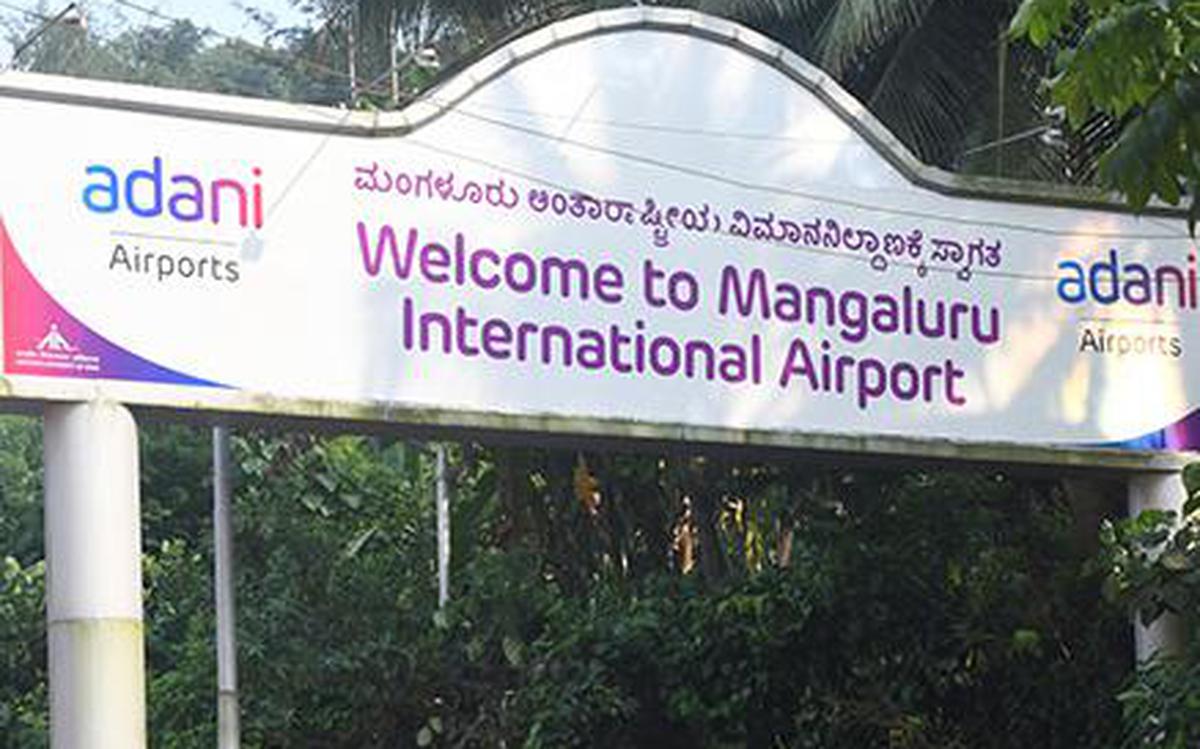
Adani Airports-owned Mangaluru airport has sought an immediate increase of INR 100 in user development fee (UDF) for domestic passengers, to undertake development activities. It has also requested permission to levy the fee on both arriving and departing passengers.
The airport in its latest tariff filing has sought to levy a UDF of INR 250 on domestic passengers starting this October, and gradually increasing it to INR 725 by March 31, 2026.
The Airports Economic Regulatory Authority of India (AERA), the tariff-fixing body, is in the process of fixing tariffs for Mangaluru airport for the period of April 1, 2021, to March 31, 2026. For worldwide passengers, it has sought to levy a UDF of INR 525 and enhance it to INR 1,200 by March 2026.
Mangaluru airport to increase user development fees for development activities
UDF could be charged on each departing and arriving passenger if the AERA agrees to it. At the moment, the UDF is INR 150 for home and INR 825 for worldwide passengers, however, is charged solely to departing passengers.
Multiple Airport Authority of India (AAI) owned and private airports have sought an increase in tariff in light of the expansion works they have undertaken. Airlines have opposed any significant hike in user or landing and parking charges as this will hurt their recovery after Covid.
“Any increase in airport charges for the remaining period will worsen the crisis for airlines. Airport operators should equally play a role in this situation by lowering their profit expectations and help provide the much-needed financial help to airlines,” said an executive of a private airline.
The Airports Economic Regulatory Authority of India (AERA), the tariff-fixing body, is in the process of fixing tariffs for Mangaluru airport for the period of April 1, 2021, to March 31, 2026.
The Adani Group took over the operations of the worldwide airport within the Karnataka port metropolis on October 31, 2020.
In its submission to the pricing regulator, the airport mentioned no tariff revision had taken place since 2010. “The modernisation plan of the airport can also be underway. The cumulative affect of those concerns could have a consequential affect on the tariff,” it mentioned.
The proposed developmental tasks, together with re-carpeting of the runway, and the development of a brand new terminal construction and cargo terminal, are estimated to value about INR 5,200 crore. The airport mentioned it will fund these via debt and fairness from guardian Adani Enterprise.
The airport has additionally sought will increase in touchdown and parking costs for airways. The AERA has sought remarks from airways, passenger associations and enterprise jet operators.
The airport has additionally sought will increase in touchdown and parking costs for airways.
Mangalore International Airport serves the port city of Mangalore, in the east Indian state of Karnataka. Mangalore is served by most major Indian carriers, which provide domestic services and international services to destinations in the Middle East.
Mangalore International Airport is the second busiest airport in Karnataka. In addition to domestic destinations, flights depart daily for major cities in the Middle East.
Airports Authority of India announced it formally transferred operation and management responsibility for Mangalore Bajpe Airport to Adani Airports in October 2020. Adani will operate Mangalore under a 50-year contract.
(With Inputs from The Economic Times)


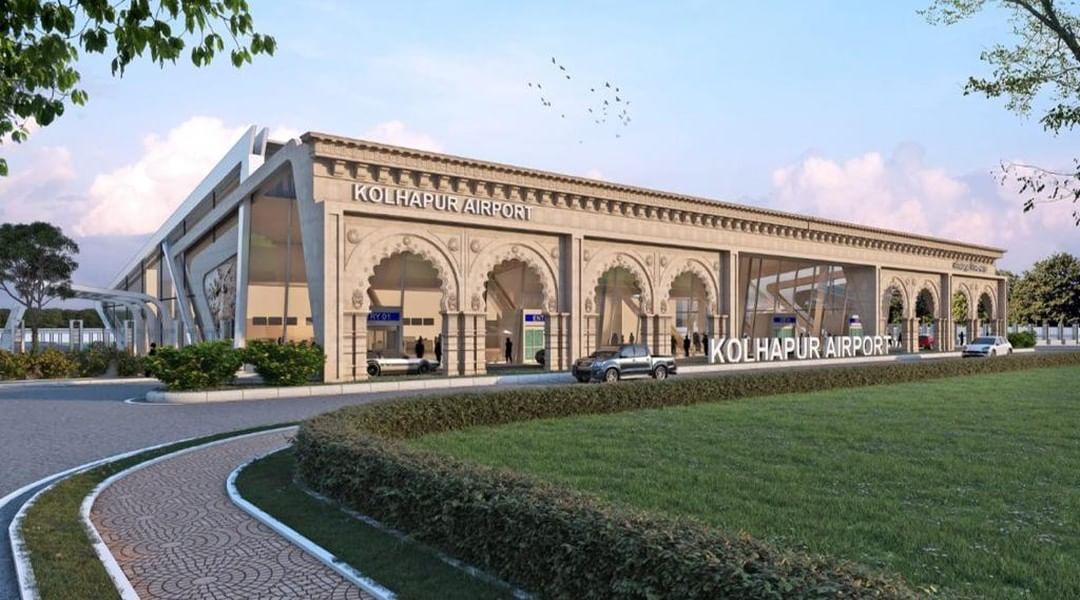
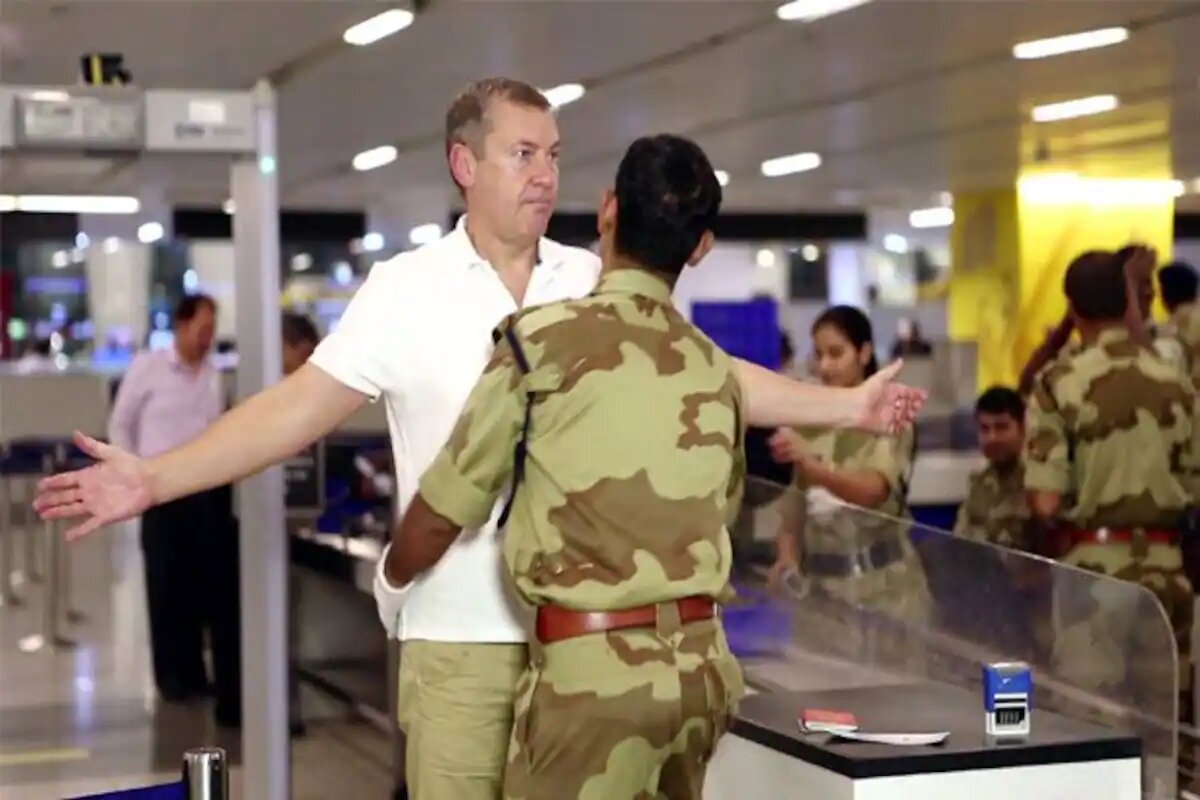

Comment